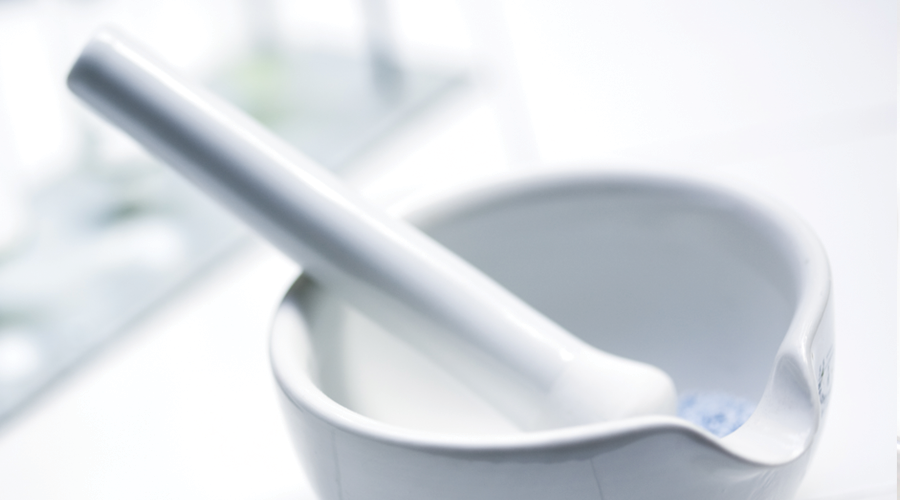Patients’ health is top-of-mind for you and your pharmacy staff. So, if you can improve patient outcomes while also improving your bottom line, what could be better?
A medication synchronization program can do both for your business. Medication synchronization, where you synchronize all of a patient’s refills to a single day each month, helps patients stay healthier by improving adherence. It can also give your pharmacy some added financial perks, such as eliminating unnecessary costs and providing a unique opportunity to identify additional services your patients may need.
Here are three ways your pharmacy can profit from implementing a medication synchronization program.
1. Reduce costs
The U.S. loses $290 billion every year because patients don’t take their prescribed medications or they take them incorrectly, according to a 2009 study by The New England Health Institute. Don’t let lagging adherence cost the health care system—and your business its hard-earned profits.
Implementing a medication synchronization program can help you cut costs, such as limiting extra pharmacy staffing and saving on delivery expenses. By making your operations more efficient, you won’t need additional staff. You could even potentially shorten store hours, which can help save you money on utilities and employees’ salaries. And, you’ll save money on delivery costs by driving fewer miles.
2. Sell additional products and services
Having a synchronized schedule of medication pick-ups can also help you earn some extra business.
When patients visit your pharmacy to pick up their scheduled prescriptions, you can suggest an additional product or service they may need. For example, if it’s flu season, you could suggest they get a flu shot.
Make your front end appealing, so patients will want to shop a while. Consider stocking a few different types of products on top of your regular stock, such as gifts made by local artists or a natural line of beauty products. And change up your displays regularly, so patients have something new to look at each time they come in to pick up their medications.
3. Monitor patients’ refill behaviors
A medication synchronization program can help you pay closer attention to patients’ refill behaviors. Each month you’ll begin to notice patients who regularly fill their scripts, and patients who are more lax on picking up their medications on time.
For patients who need more help remembering to refill and pick up their prescriptions, provide reminder phone calls or offer free personal consultations to find out why they aren’t taking their medications as prescribed.
As you monitor these behaviors, you can help patients improve their adherence, which means fewer return-to-stock prescriptions.
Find out why it’s time to offer online refills.
A Member-Owned Company Serving Independent Pharmacies
PBA Health is dedicated to helping independent pharmacies reach their full potential on the buy-side of their business. Founded and owned by pharmacists, PBA Health serves independent pharmacies with group purchasing services, wholesaler contract negotiations, proprietary purchasing tools, and more.
An HDA member, PBA Health operates its own NABP-accredited secondary wholesaler with more than 6,000 SKUs, including brands, generics, narcotics CII-CV, cold-storage products, and over-the-counter (OTC) products — offering the lowest prices in the secondary market.












